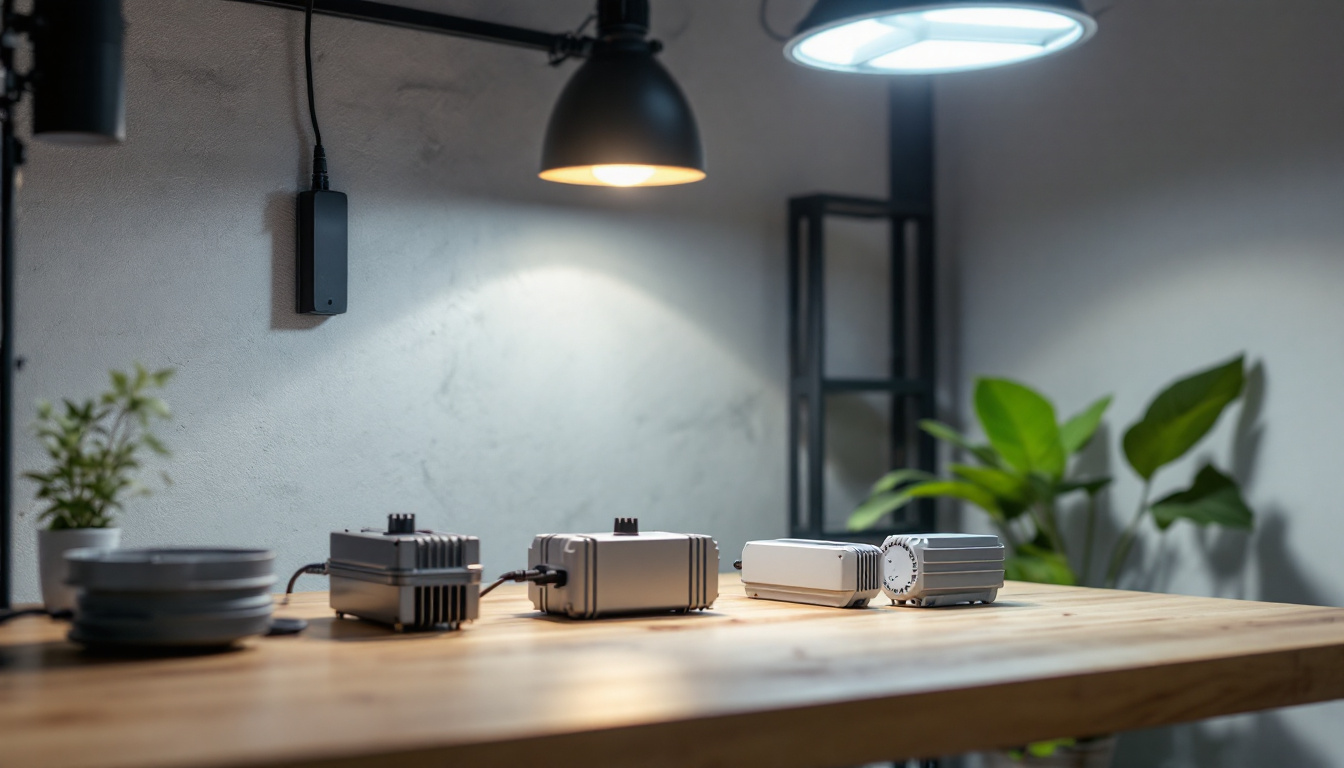
In the ever-evolving landscape of lighting technology, ballasts play a pivotal role in ensuring the efficiency and functionality of various lighting systems. As lighting contractors navigate the complexities of modern illumination, understanding the function and significance of ballasts becomes essential. This article delves into the different types of ballasts, their applications, and their impact on energy efficiency and performance in contemporary lighting solutions.
Ballasts are devices that regulate the current to lamps, particularly fluorescent and HID (high-intensity discharge) lights. Their primary function is to provide the necessary voltage to start the lamp and to limit the current during operation. Without a ballast, these types of lights would not function properly, leading to flickering or complete failure.
When a fluorescent lamp is first turned on, it requires a higher starting voltage to initiate the arc between the electrodes. The ballast provides this initial surge of power. Once the lamp is lit, the ballast then reduces the current to a level that maintains a steady light output. This two-phase operation is crucial for both the longevity of the lamp and the efficiency of the lighting system. Additionally, ballasts play a vital role in ensuring consistent performance across varying temperatures and conditions, which is particularly important in environments like warehouses or outdoor settings where temperature fluctuations can impact lighting performance.
There are primarily two types of ballasts: magnetic and electronic. Magnetic ballasts have been used for decades and operate using electromagnetic induction. They are typically heavier and less efficient compared to their electronic counterparts. Electronic ballasts, on the other hand, are lighter, more compact, and offer better energy efficiency. They also provide a more stable light output with less flicker, making them a preferred choice in many modern applications. Furthermore, electronic ballasts often include features such as dimming capabilities and compatibility with advanced lighting control systems, allowing for greater flexibility in design and functionality. This adaptability makes them ideal for commercial spaces that require variable lighting conditions, enhancing both energy savings and user comfort.
As energy costs rise and environmental concerns grow, the importance of energy-efficient lighting solutions cannot be overstated. Ballasts play a crucial role in enhancing the energy efficiency of lighting systems, particularly in commercial and industrial settings.
Electronic ballasts can reduce energy consumption by up to 30% compared to magnetic ballasts. This reduction is achieved through better regulation of current and voltage. By minimizing energy waste, electronic ballasts not only lower electricity bills but also contribute to a smaller carbon footprint. For lighting contractors, recommending energy-efficient ballasts can be a significant selling point to clients looking to reduce operational costs.
Moreover, the integration of smart technology with electronic ballasts further amplifies energy savings. Smart ballasts can adjust lighting levels based on occupancy or ambient light conditions, ensuring that energy is used only when necessary. This adaptability not only enhances user comfort but also aligns with modern sustainability goals, making it an attractive option for businesses committed to reducing their environmental impact.
Another advantage of using high-quality ballasts is the extended lifespan of lighting fixtures. Properly functioning ballasts ensure that lamps operate within their optimal parameters, reducing the risk of premature failure. This longevity translates to lower maintenance costs and less frequent replacements, which is particularly beneficial for large-scale installations.
In addition to extending the lifespan of the fixtures, high-quality ballasts can also improve the overall quality of light produced. By providing a stable and consistent power supply, they help maintain color accuracy and brightness over time. This is especially important in settings such as retail spaces or art galleries, where lighting quality can significantly impact the customer experience and the presentation of products or artwork. The investment in reliable ballasts, therefore, not only pays off in terms of durability but also enhances the aesthetic appeal of the space.
Ballasts are integral to a wide range of lighting applications, from residential to commercial and industrial environments. Understanding the specific needs of each application can help lighting contractors make informed decisions about ballast selection.
In commercial settings, such as offices and retail spaces, lighting plays a crucial role in creating an inviting atmosphere. Electronic ballasts are often used in these environments due to their energy efficiency and ability to provide consistent lighting levels. Additionally, many modern lighting designs incorporate dimming capabilities, which can be effectively managed by electronic ballasts. This adaptability allows businesses to adjust lighting based on the time of day or specific activities, enhancing both employee productivity and customer experience. Moreover, the integration of smart technology with electronic ballasts enables automated lighting control systems, which can further optimize energy use and reduce operational costs.
In industrial applications, where lighting conditions can be harsh, the reliability of ballasts is paramount. Heavy-duty electronic ballasts are designed to withstand extreme temperatures and vibrations, ensuring that lighting systems remain operational even in challenging environments. This reliability is essential for maintaining safety and productivity in industrial settings. Furthermore, many industrial facilities are now transitioning to LED lighting, which requires compatible ballasts that can effectively manage the lower wattage and different electrical characteristics of LED fixtures. As a result, manufacturers are innovating to produce ballasts that not only support traditional lighting technologies but also enhance the performance of modern LED systems, contributing to overall energy savings and sustainability efforts in the industry.
Selecting the appropriate ballast for a specific lighting application involves several considerations. Factors such as lamp type, wattage, and the intended use of the space must all be taken into account.
Different types of lamps require specific ballasts to function correctly. For example, fluorescent lamps typically require either an electronic or magnetic ballast, while HID lamps may need a specific type of ballast designed for high-intensity discharge lighting. Understanding these compatibility requirements is crucial for lighting contractors to ensure optimal performance. Additionally, the choice between electronic and magnetic ballasts can significantly affect energy consumption and maintenance needs. Electronic ballasts, for instance, tend to be more energy-efficient and provide better light quality with less flicker compared to their magnetic counterparts. This can lead to a more comfortable environment, especially in spaces where lighting quality is paramount, such as offices or retail settings.
Wattage is another critical factor in ballast selection. Each ballast is designed to operate within a specific wattage range. Choosing a ballast that matches the wattage of the lamp is essential for maintaining efficiency and preventing damage to both the ballast and the lamp. Overloading a ballast can lead to overheating and premature failure, while underloading can result in poor performance and reduced light output. Furthermore, it’s important to consider the potential for future upgrades or changes in lighting needs. Selecting a ballast with a slightly higher wattage capacity can provide flexibility for future lamp replacements or changes in lighting design, ensuring that the system remains efficient and effective over time. This foresight can save both time and resources in the long run, making it a wise investment for any lighting project.
The lighting industry is continuously evolving, and ballast technology is no exception. As the demand for smarter and more efficient lighting solutions grows, several trends are emerging in ballast design and functionality.
With the rise of smart lighting systems, ballasts are becoming increasingly integrated with advanced technologies. Smart ballasts can communicate with building management systems, allowing for real-time monitoring and control of lighting conditions. This integration not only enhances energy efficiency but also provides valuable data for optimizing lighting performance. Furthermore, smart ballasts can adapt to environmental changes, adjusting their output based on occupancy or natural light levels, which can significantly reduce energy consumption and costs over time. This adaptability is particularly beneficial in commercial spaces where lighting needs can vary throughout the day.
Wireless control systems are also gaining traction in the lighting industry. These systems allow for remote management of lighting fixtures, including the ability to adjust brightness and color temperature. Ballasts that support wireless communication are essential for implementing these advanced control systems, making them a valuable asset in modern lighting solutions. Additionally, the integration of wireless technology facilitates easier installation and retrofitting of existing systems, enabling businesses to upgrade their lighting without extensive rewiring. The convenience of managing lighting through mobile apps or centralized dashboards not only enhances user experience but also promotes energy savings by allowing users to create customized lighting schedules and scenes tailored to specific activities or moods.
Another exciting trend is the development of energy harvesting ballasts. These innovative devices can capture and store energy from ambient sources, such as solar power or kinetic energy, to power lighting systems. By utilizing renewable energy, these ballasts not only contribute to sustainability efforts but also reduce reliance on traditional power sources. This technology is particularly advantageous in remote or off-grid locations where access to electricity is limited. As energy harvesting technology continues to advance, we may see a significant shift in how lighting systems are powered, leading to a more sustainable and self-sufficient approach to illumination.
Ballasts are a fundamental component of modern lighting solutions, playing a critical role in ensuring the efficiency and functionality of various lighting systems. As lighting contractors navigate the complexities of contemporary illumination, understanding the different types of ballasts, their applications, and their impact on energy efficiency is essential. With the ongoing advancements in ballast technology, the future of lighting looks brighter than ever, offering exciting opportunities for innovation and sustainability in the industry.
Ready to enhance your lighting solutions with the most efficient and innovative ballasts on the market? Look no further than LumenWholesale, where we provide contractors with the highest quality, spec-grade lighting products at unbeatable wholesale prices. Say goodbye to inflated markups and hello to superior lighting products that meet the highest industry standards. With LumenWholesale, bulk buying is a breeze, thanks to our hassle-free process and free shipping. Elevate your lighting projects and enjoy the best value in the industry. Discover the perfect blend of quality, affordability, and convenience by visiting Wholesale Lighting at the Best Value today.
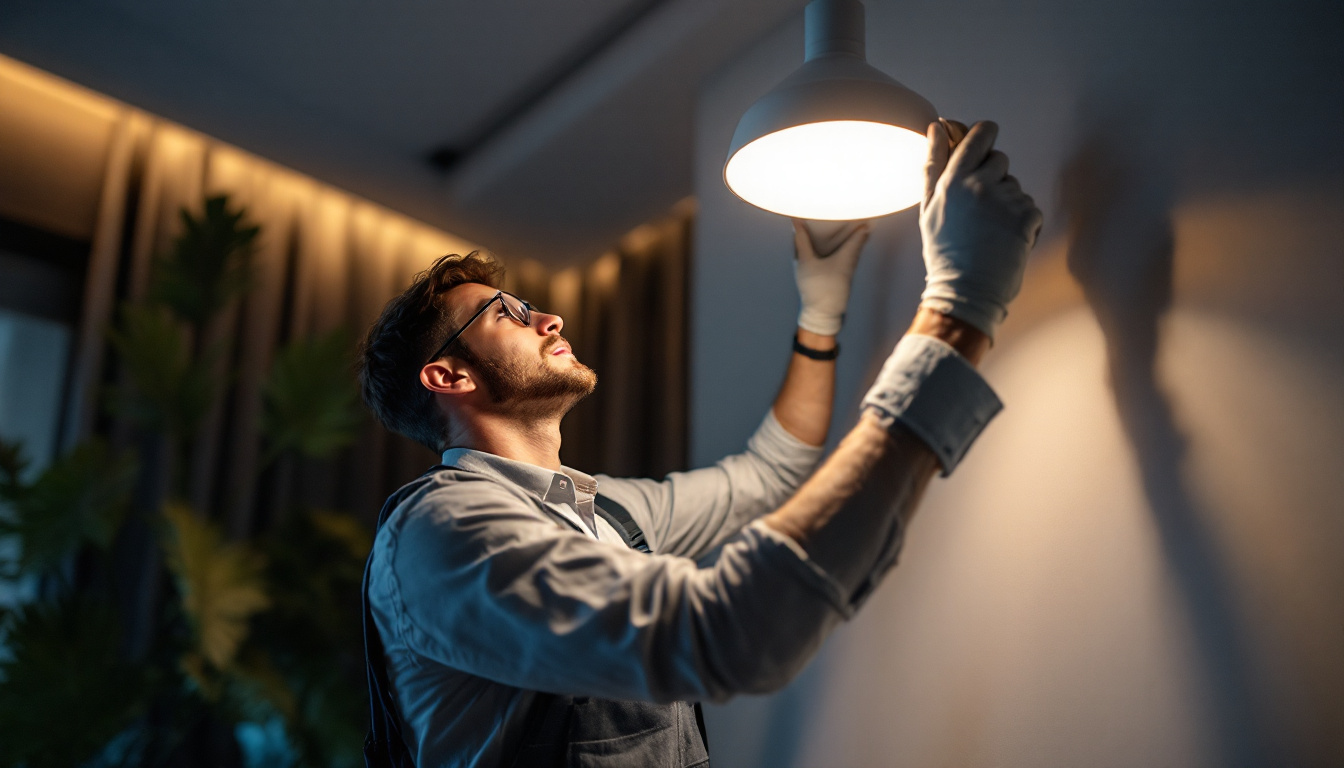
Discover the essential do’s and don’ts for lighting contractors when working with upward lighting lamps.
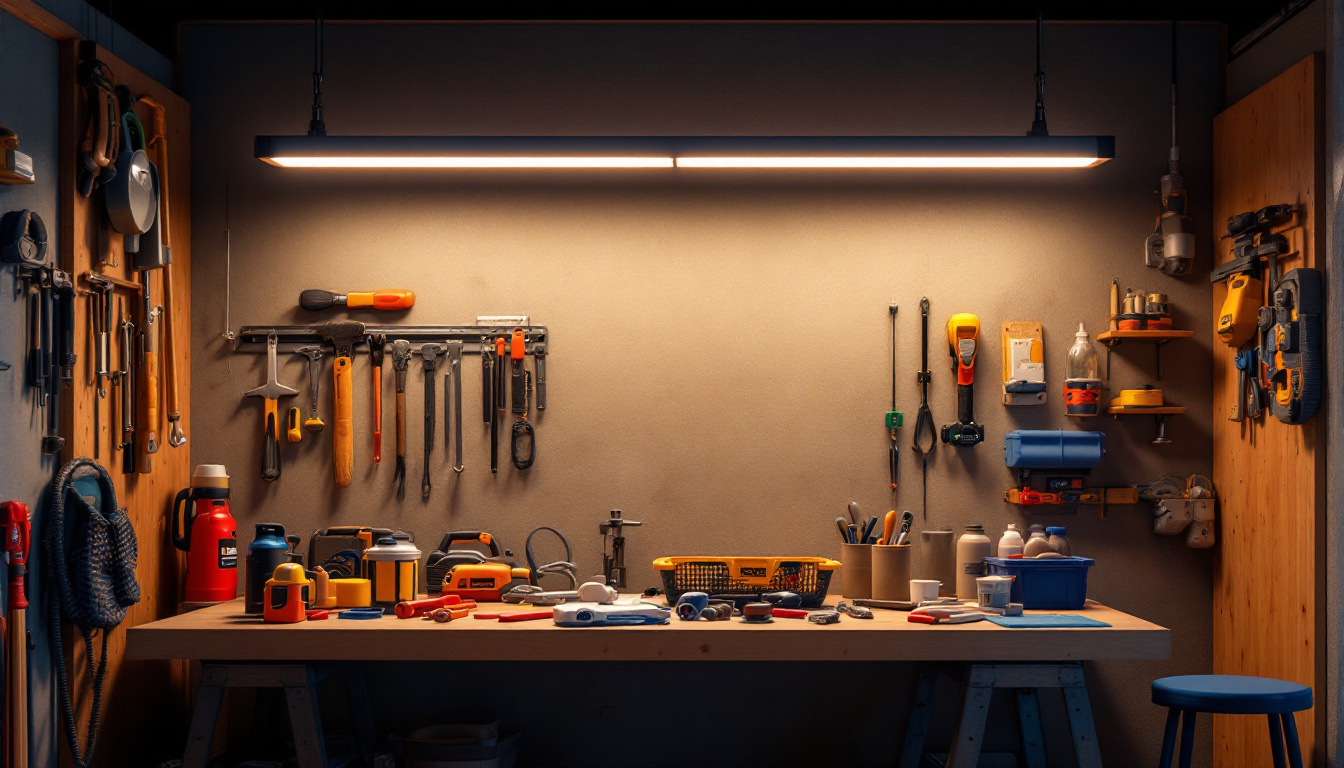
Discover the essential checklist for lighting contractors with our comprehensive guide on 4 ft LED light fixtures.
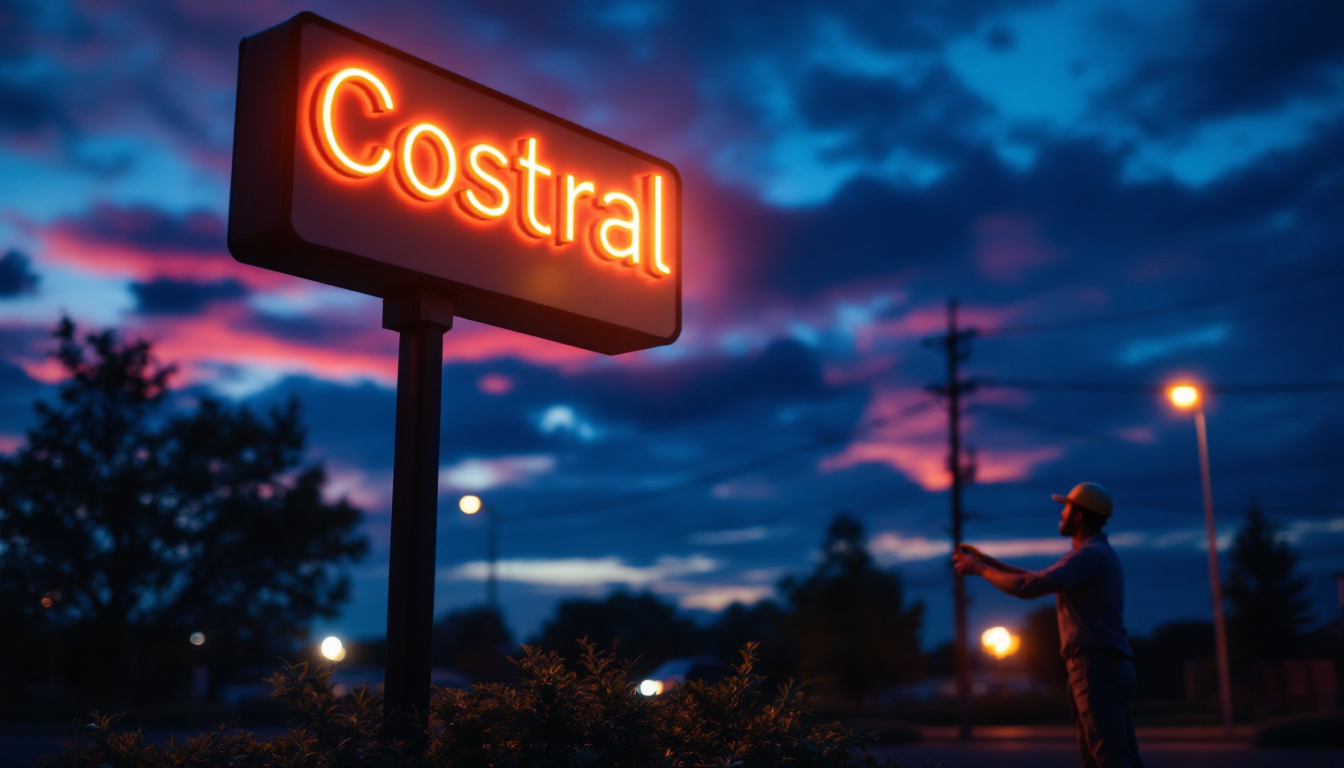
Discover essential insights into commercial sign lighting with our comprehensive guide tailored for lighting contractors.
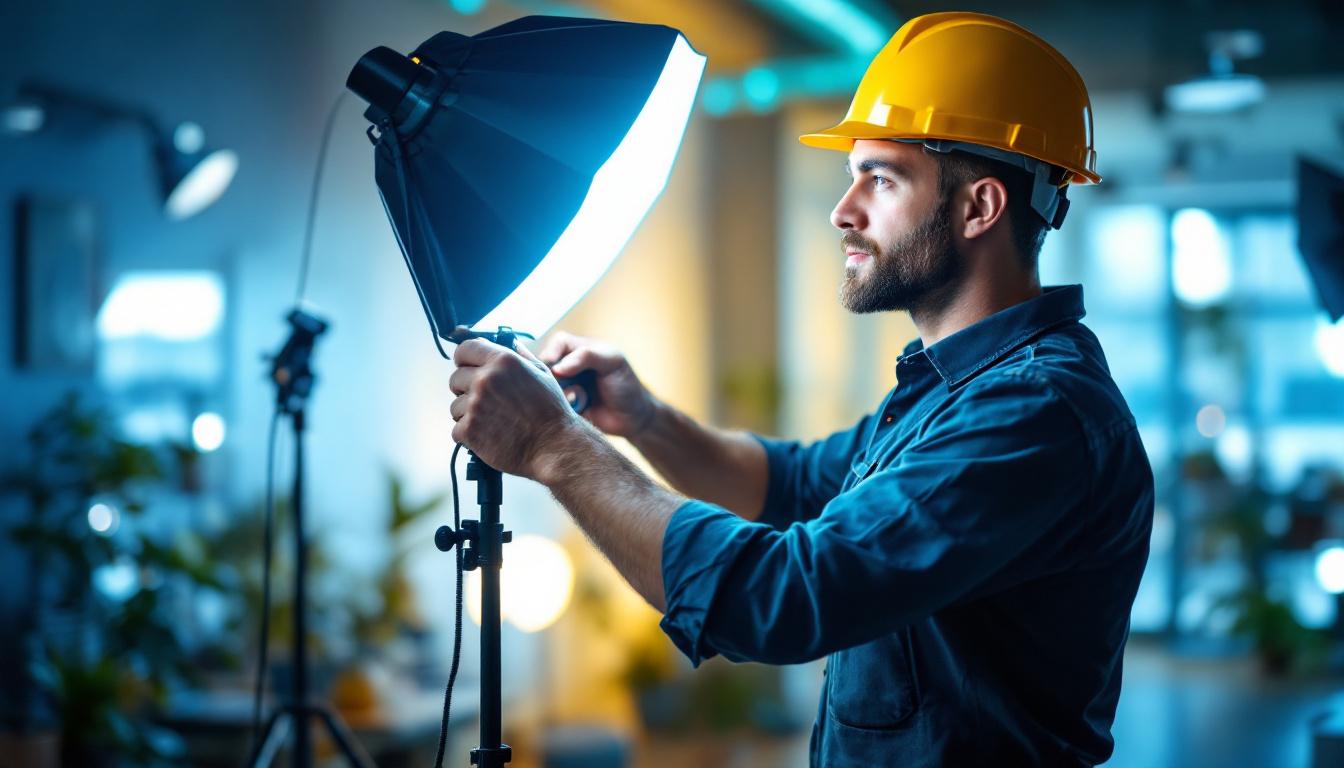
Discover expert insights and practical tips for lighting contractors on choosing and installing studio LED lights.